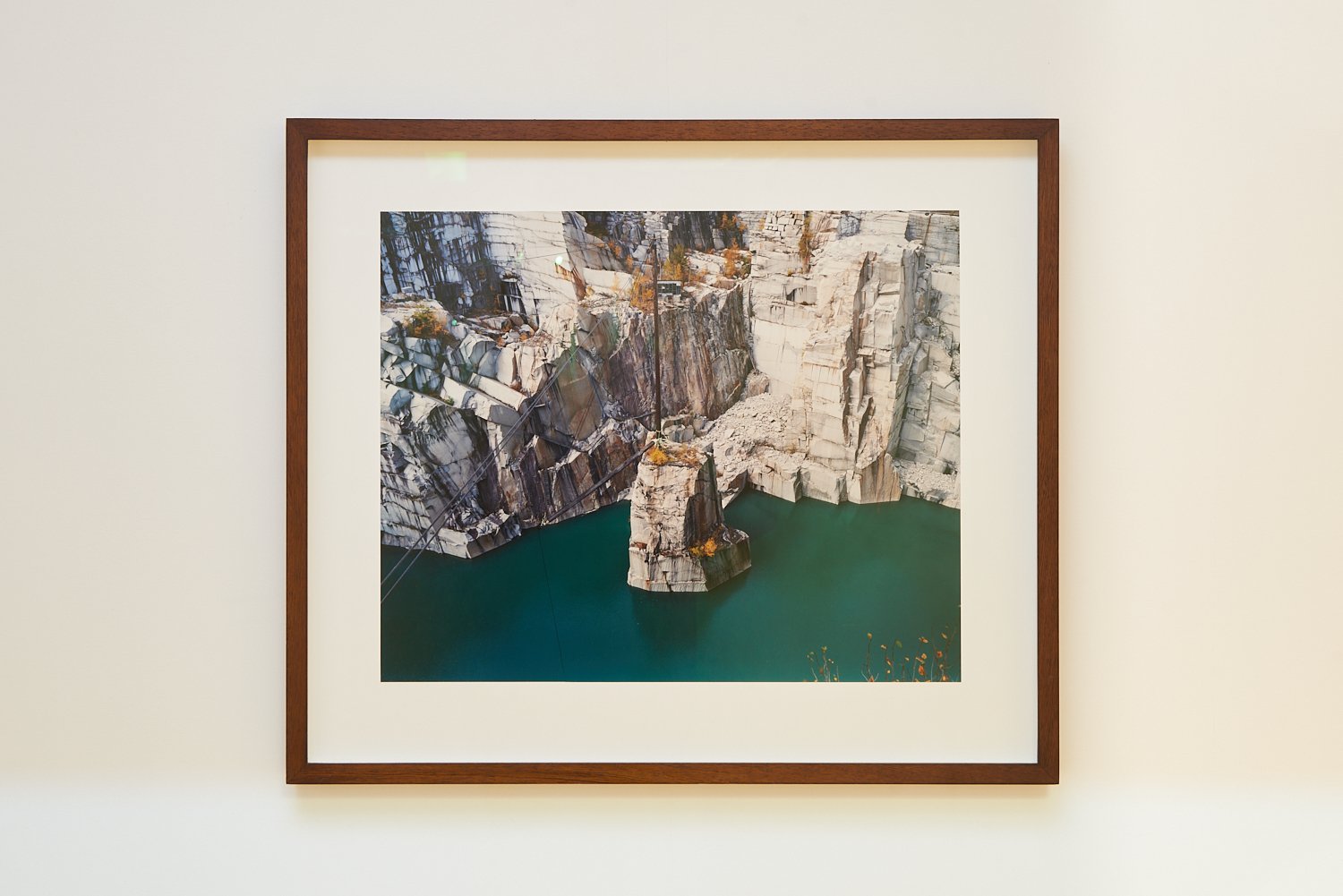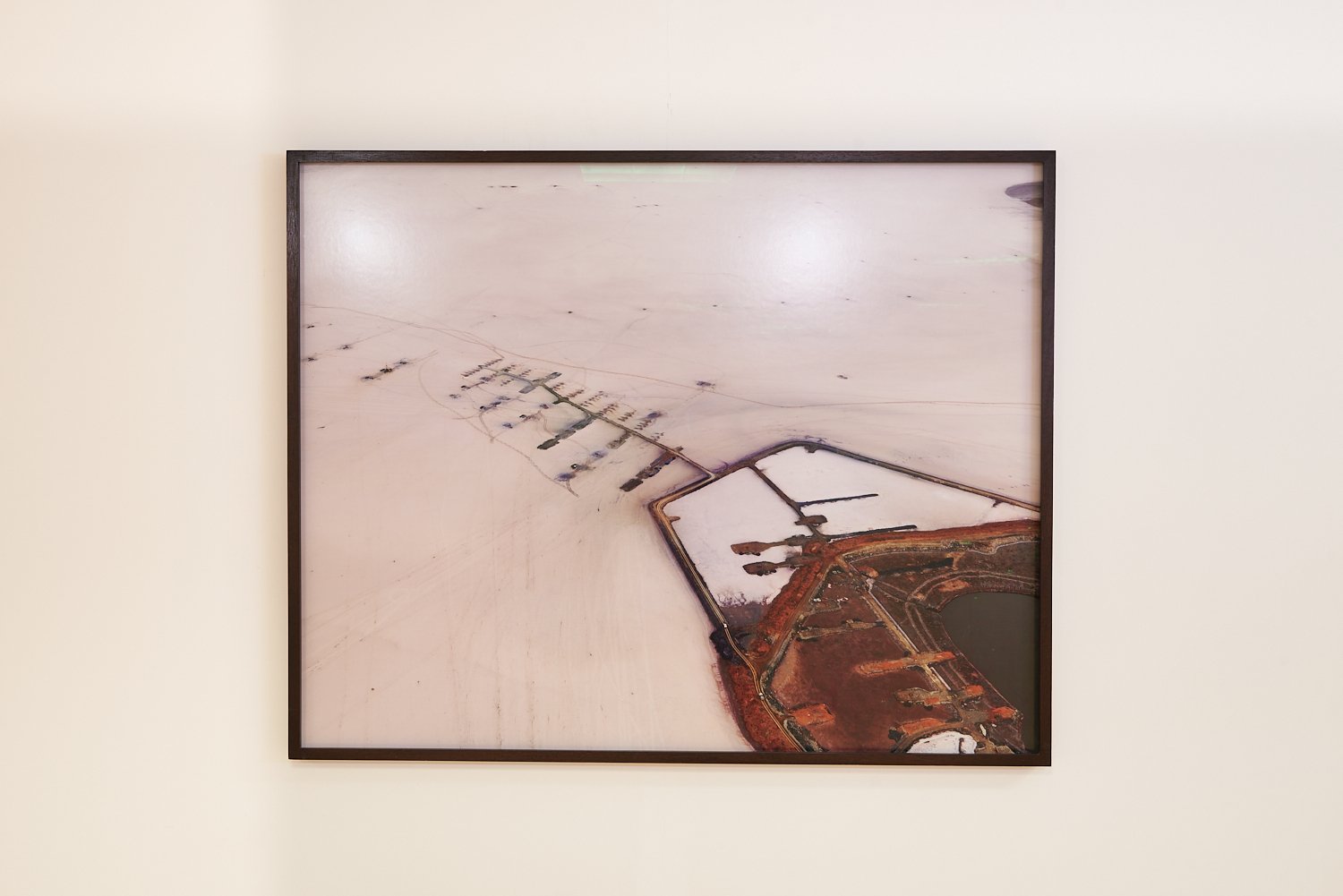SEISMIC SCIENCE: PROFESSOR GRAHAM SHIELDS
Since 2008, Dr Graham Shields has been Professor of Geology at University College London (UCL). His most recent research focuses on the Proterozoic geology of China, both North and South cratons, and how the chemical composition of sedimentary rocks there can shed light on the global carbon cycle during the Proterozoic-Phanerozoic transition.
Professor Shields received his PhD in sedimentary geochemistry, specifically isotope stratigraphy across the Precambrian-Cambrian boundary, in 1997 from the ETH in Zurich, after which he carried out postdoctoral research in France (municipal waste glass forrecycling) and Canada (Sr, C, O and S isotope evolution of seawater). He has also previously held positions as lecturer and senior lecturer in geochemistry at James Cook University in Australia where he and his students worked primarily on sediment transport from catchment to the Great Barrier Reef.
For the SEISMIC: ART MEETS SCIENCE exhibition at GIANT Gallery, Professor Shields responded to works by artist Edward Burtynsky (including those seen above), approaching Burtynsky’s photographs from a scientific standpoint. His thoughts are presented alongside words by exhibition curator, Paul Carey-Kent, which explore the works from an arts perspective. Both of these commentaries can be found at the exhibition and in its catalogue, available here.
In this short interview, Professor Shields discusses how he thinks the arts and humanities might contribute to geological research and offers his thoughts on the search for complex life on other planets.
Please tell us about your journey into the field of Earth Science.
At school, I was always a bit of a science nerd, into science fiction, fantasy novels, space travel, and dinosaurs, but I was also a big fan of the outdoors, so geology brought the two interests together very well. As a geologist, I get to travel around the world, seeing parts of countries that tourists never get to see. I’m very lucky that my field of work has introduced me to a diverse range of cultures, languages, landscapes and cuisines.
What is the main focus of your current research?
I am a professor of chemical geology (or geochemistry), which means that I teach and research the chemical composition of the natural world both now and in the past. It is a vast subject, with isotopic tracers illuminating everything from the formation of our planet to the movement of pollutants up the food chain. As an Earth system scientist, my main focus is on how material moves around the planet, and how ‘biogeochemical cycles’, like the carbon cycle, govern climate and the availability of vital resources, such as plant nutrients or the oxygen we breathe.
I primarily use geochemical and isotopic tracers to study the composition of past oceans and atmosphere and am fascinated by how the surface environment has 'co-evolved' with life through crucial junctures in Earth history. I work particularly on rocks deposited between about 1000 and 500 million years ago, when complex multicellular life first began to dominate ecosystems. My research group develops proxies to trace biogeochemical fluxes and related feedbacks that govern oxygen, carbon dioxide and nutrient budgets on Earth. During the Neoproterozoic, the Earth experienced profound climate change, deep ocean oxygenation and tectonic upheaval, events that are closely related to the biological revolutions which led the way to our modern Earth system.
What is the most compelling question you would like to answer or to see answered in your field of research?
I would like to know whether the emergence of complex (intelligent) life is inevitable, given enough time, on an Earth-like planet. I feel as though I know the answer, but its resolution still lies more in the realm of philosophy than empirical science. Considering the dizzying pace of scientific progress, I think this will change over the following decades.
Do you feel interdisciplinary working with the arts and humanities could help with your work? If so, how do you think the arts might provide a useful contribution?
Yes, I do. Many classic scientific ideas are conceptually beautiful, but are little known, while many are shrouded in abstraction, but could be made more accessible. Science books are seldom ‘popular’, despite the epithet ‘popular science’, and often scientists look down on popularisation, which is a shame because it is only by reducing concepts to their simplest forms that we can truly be said to understand them.
What is the most memorable creative work you have ever experienced and why was the experience memorable?
Ai WeiWei’s Sunflower Seeds, and many of his other works, have stayed with me more than any other visual artform, perhaps because of a combination of accessibility, simplicity, layers of meaning, and natural beauty.
For more on Professor Shields and his work, please see here.
For more on Edward Burtynsky and his work, please visit his website here.
All images of Edward Burtynsky’s work shown courtesy of the artist and GIANT Gallery ©️ Edward Burtynsky and Ed Hill Photo for GIANT Gallery.
Image of Professor Shields ©️ Graham Shields.



